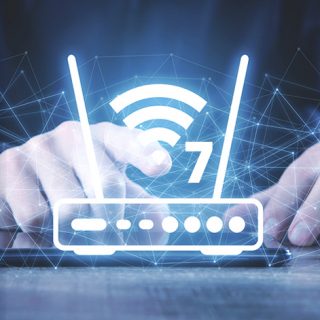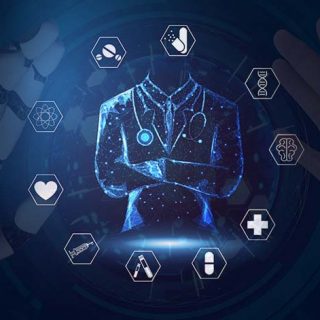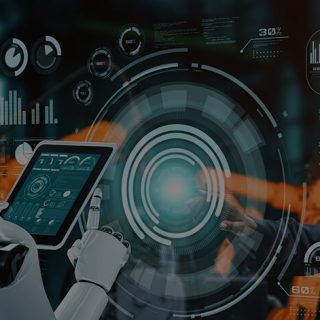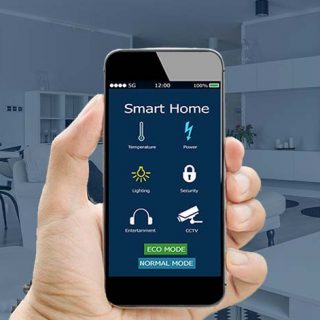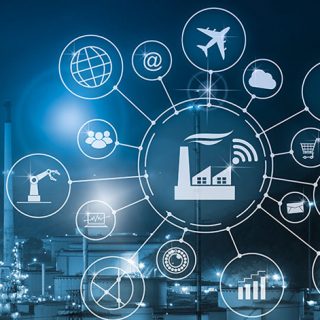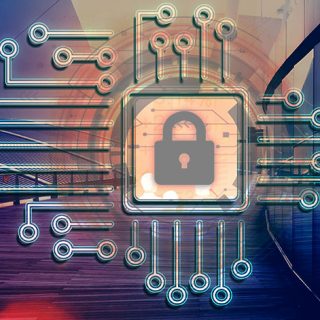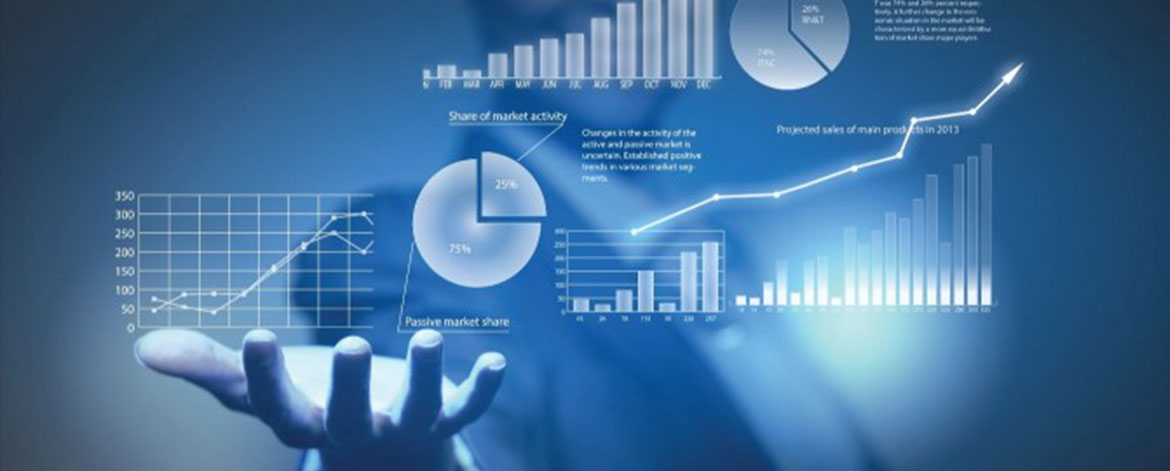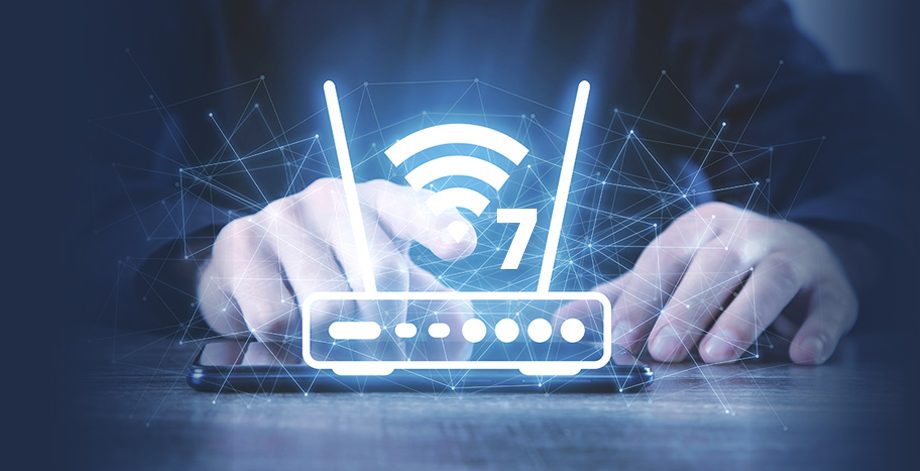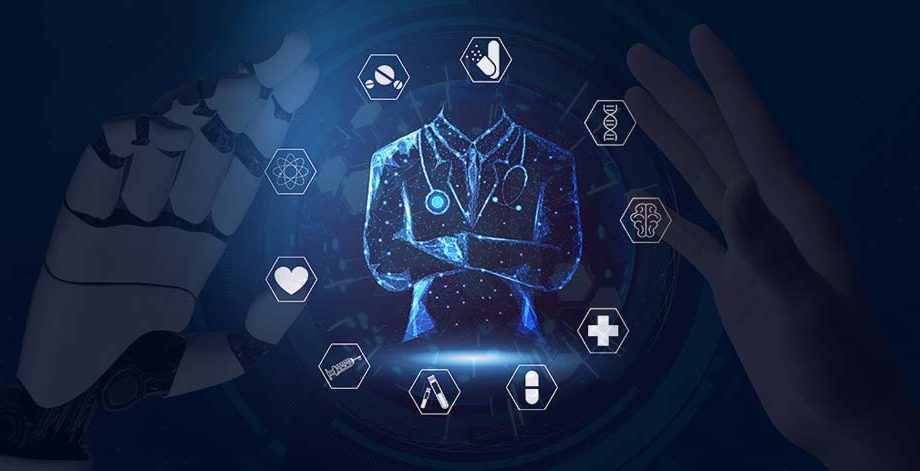If more than 10 million psychiatric are interviewed every year, how many of them do you think to analyse their patient in the quantitative and confined manner? Even it is not practical for doctors also, to find patterns in the pages of notes. But if they do, those pages are “big data” on psychiatric issues that analytics can help unlock and predict before a traumatic disorder occurs. By noting down the data of patient’s interview, we can quantify patterns and help doctors treat patients suffering from post-traumatic stress disorder and other conditions.
- Challenge: Analyse Behavioural Patterns
The data from the interviews may be unstructured, too large to sort-codify and no patterns may be recognized. But maybe a smart machine and data from a past ecstasy study could help. No doubt that computational analysis and empathy may not sound like a match made in heaven. But a new study suggests that machine-learning systems can be harnessed to the task of detecting, measuring and enhancing a mental health professional’s empathic response to clients in distress.
The journal PLoS suggested that automated systems of speech and pattern recognition “are possible.” And as they are further refined, they could — via smart phone or tablet — provide therapists “near-real time feedback” to rate and hone their psychotherapeutic skills.
- Solution: Big Data Analytics with Cloud Integration
What if software programmed to detect the speech and behavioural patterns of empathy could do the job? Machine algorithms can accurately read, analyse, and find those patterns. The next step can be to give doctors a way to do this analysis in real time, by “hearing,” transcribing, and analysing an interview in real time – all via a software or a mobile device.
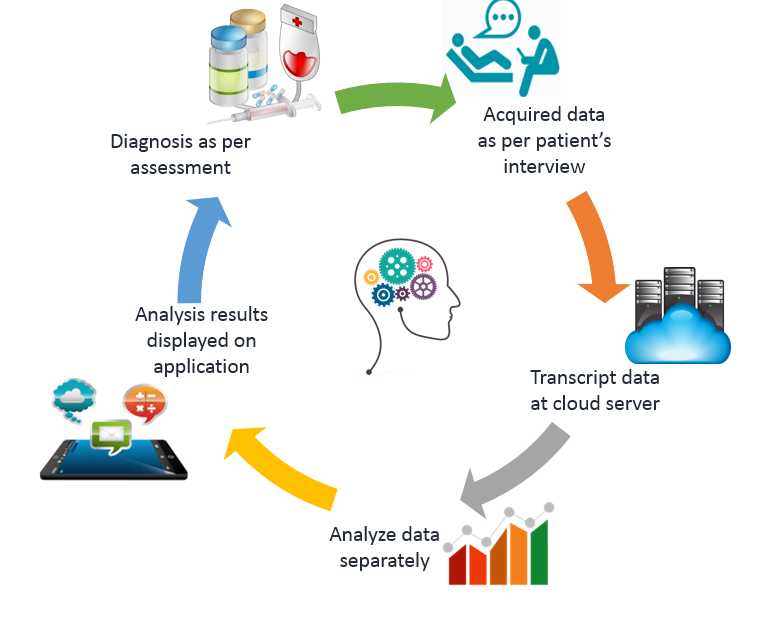
A data analytics software via cloud platform with smart phone interface can be used for health care workers. The device hears (acquires) the speech of the patient being interviewed, and sends it to a cloud server managed by the healthcare facility for transcription and de-identification (for patient confidentiality). A software or a cloud can analyse the data separately. The analysis results can be received back on the device or application. The analyses will be done in such a way that the software will compare patient’s speech with that of the normal person and it will measure the density of person’s speech.
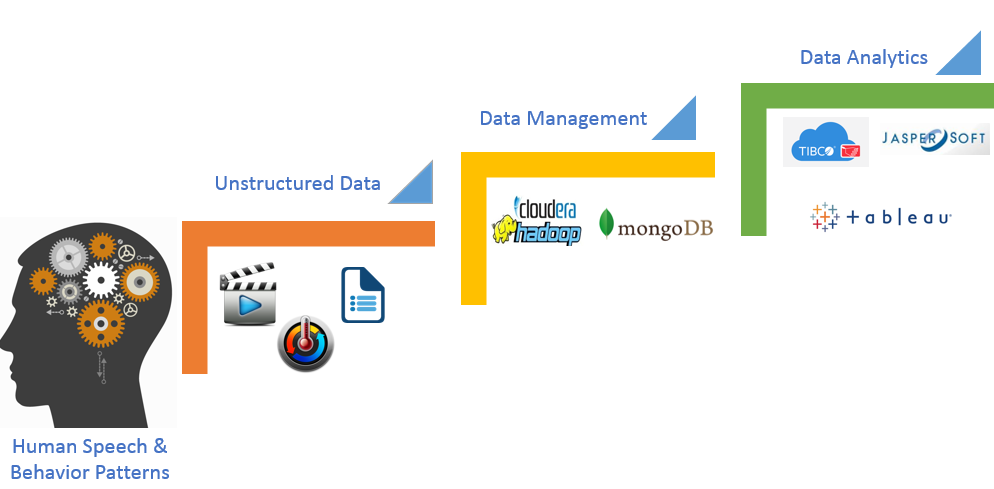
It is and will always be the clinical psychiatrist who makes the diagnosis. But measures by an analytics software can inform the proper direction of assessment after diagnosis by capturing speech patterns and feeding them back in real time, and kept over time, to the psychiatrist. Nowadays doctors must enter their diagnosis before receiving the assessment. This accumulation and explanation of the data allow us to fine tune the analysis.
Perhaps in the future, those annual 10 million interviews will be codified, and contribute to diagnosis that helps those suffering from depression, and other conditions – all before any psychotic episodes occur.

About the Author: Purva Shah
Purva is a Marketing Professional at VOLANSYS, responsible for positioning, branding, and marketing of the company. She is well versed with latest embedded trends and applications related to IoT, Embedded Vision, Autonomous Systems.
